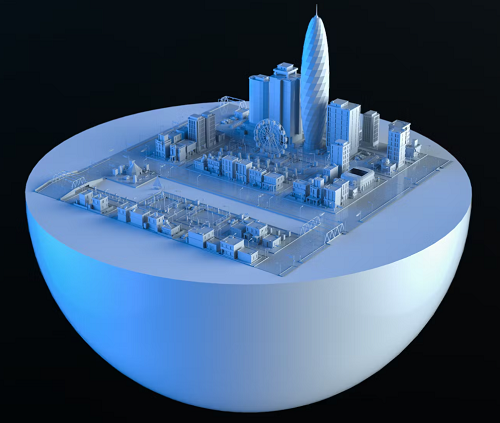 Friday, September 27, 2024
Friday, September 27, 2024  Friday, September 27, 2024
Friday, September 27, 2024 
In architecture, new materials rarely emerge.
For centuries, wood, masonry, and concrete formed the basis for most structures on Earth.
In the 1880s, the adoption of the steel frame changed architecture forever. Steel allowed architects to design taller buildings with larger windows, giving rise to the skyscrapers that define city skylines today.
Since the industrial revolution, construction materials have been largely confined to a range of mass-produced elements. From steel beams to plywood panels, this standardized kit of parts has informed the design and construction of buildings for over 150 years.
That may soon change with advances in what’s called “large-scale additive manufacturing.” Not since the adoption of the steel frame has there been a development with as much potential to transform the way buildings are conceived and constructed.
Large-scale additive manufacturing, like desktop 3D printing, involves building objects one layer at a time. Whether it’s clay, concrete, or plastic, the print material is extruded in a fluid state and hardens into its final form.
As director of the Institute for Smart Structures at the University of Tennessee, I’ve been fortunate to work on a series of projects that deploy this new technology.